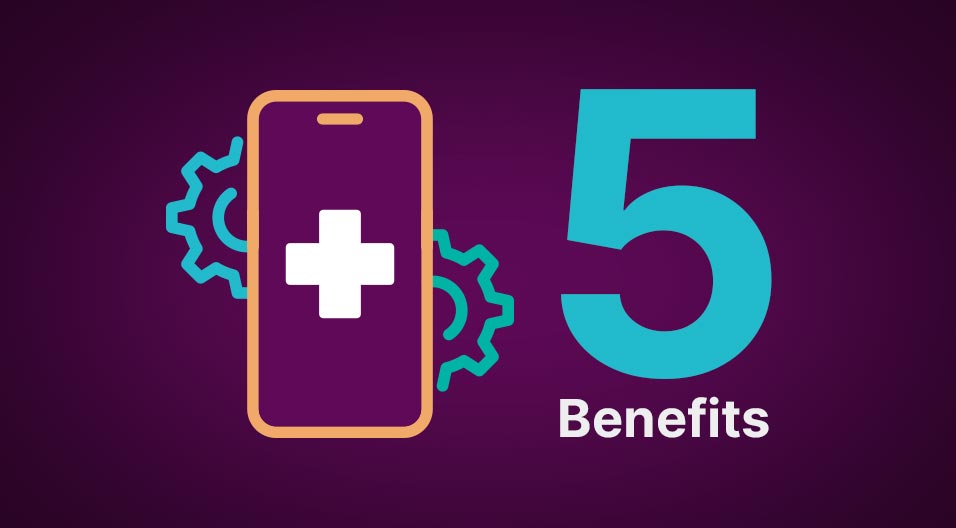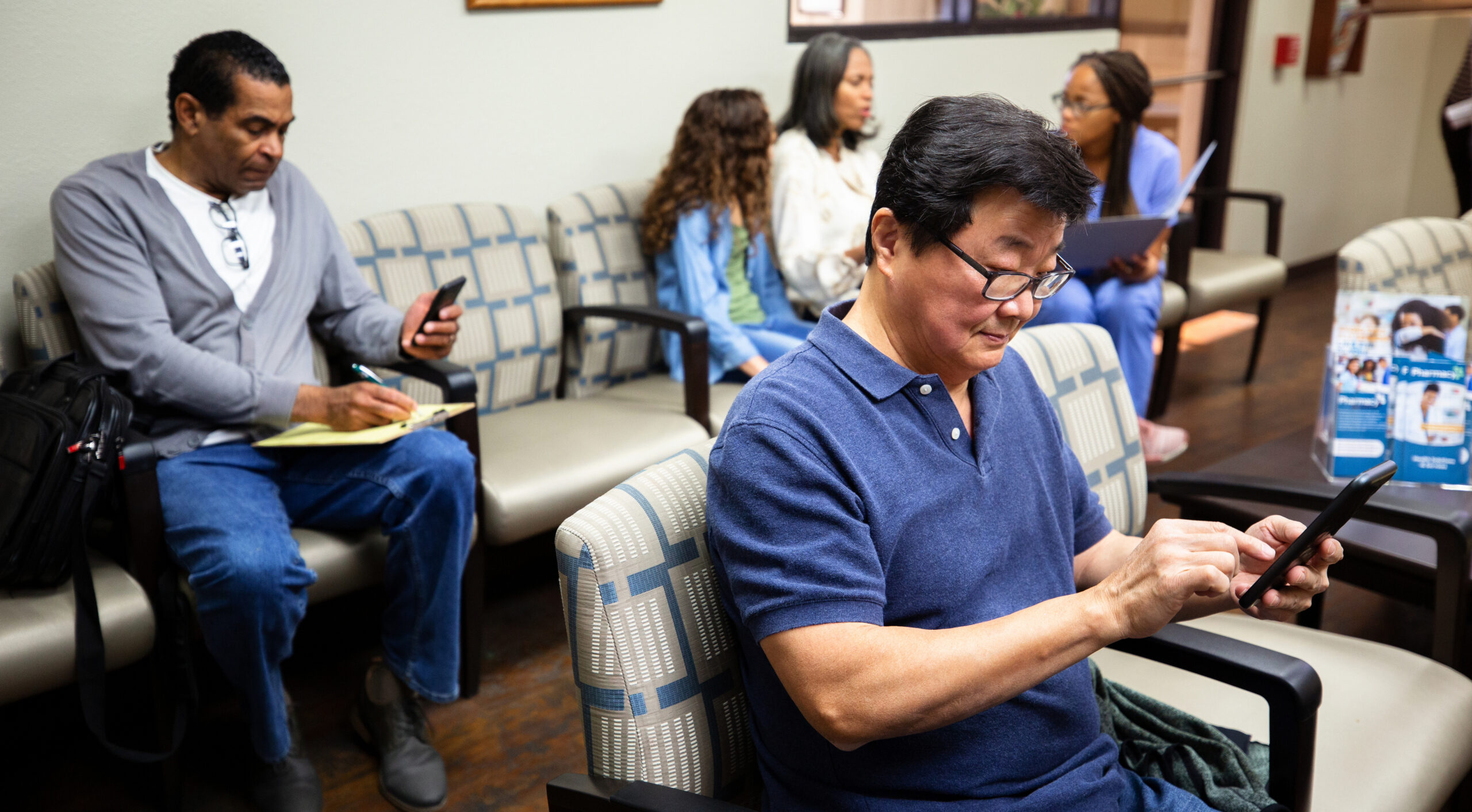Patient engagement is known to be a priority for healthcare leaders, especially within hospitals and health systems, as there are immense benefits to keeping patients active and involved in their care. When patients are engaged, there is an increased opportunity to improve outcomes and experiences in ways that meet patients wherever they are in their journey.
For home health agencies, proactively engaging patients can directly impact outcomes such as re-hospitalization rates, patient satisfaction, and star ratings. Patient engagement can have many meanings; however, one way in which home health agencies are finding success is by engaging patients with automated calls throughout and directly after the home health episode. When executed properly, automated calls can reach out to patients in a timely manner, with questions tailored to their diagnosis, and even be in their preferred language.
As government initiatives hit agencies with new regulations and payment reform such as PDGM take hold, proactively engaging patients can make a huge impact on bottom-line revenue. Not to mention, the rise of consumerism in healthcare means that patients and their families expect high-levels of coordination amongst providers and services that they provide. For agencies, this means higher expectations around care coordination, medication reconciliation, and the timely delivery of services.
So once your agency has been chosen one to care for someone, where can you start to engage them?
There are four key areas in which patient engagement impacts home health agencies; patient safety, staff efficiency and satisfaction, patient outcomes, and bottom-line revenue. While all of these areas impact one another, my goal is to digest these four individually so that your agency and team can best understand the value of engaging patients with proactive outreach.
Keeping Patients Safe
-
- Regular communication with patients outside of home visits can help with a variety of safety needs such as medication management, keeping care team members informed, alerting caretakers of potential risks, and ensuring patients are following care plans. For example, if a patient is not taking their medicine daily or does not understand the risks of improper adherence, agencies can proactively reach out to the patient to ensure they are taking as directed.
Enhance Staff Efficiency
When home health agencies engage patients outside of care visits, staff members have the opportunity to streamline day to day functions. For example, with an automated outreach program, staff members can focus on resolving patient issues instead of waiting for someone to call or “smiling and dialing” hoping to connect with a patient on census. With high staff turnover throughout the home health industry, utilizing patient engagement technology can be one tactic to ensuring staff are operating at the top of their license instead of working on repetitive and time-consuming tasks.
Drive Improved outcomes
Home Health patients come from the agencies referral sources with each one looking to see improved outcomes. These outcomes range from closing care gaps and reducing re-hospitalizations to increasing patient satisfaction and reducing the total cost of care. By engaging patients throughout their episode of care and beyond, agencies are able to achieve better outcomes in a cost-effective way. For example, take the patient who has medication questions, without proactive outreach, the agency may not know that the patient has an issue that could potentially lead to a costly re-hospitalization. If the agency is proactive in reaching out through a call or a text message, it is likely that the agency can prevent the adverse outcome and even make the patient happier at the same time.
Increase Your Bottom-Line Performance
When exploring all the ways in which engaging home health patients can impact outcomes, it is easy to see how bottom-line performance can also be impacted. By achieving a higher quality of care without increasing costs, referral networks are more likely to work with your agency and patients are more likely to refer your services. By ensuring that staff operates at the top of their license there is a chance to increase margins without sacrificing quality of care. And finally, as the new PDGM model goes into effect in 2020, your agency will be positioned to capitalize upon the change.
Patient engagement can be a huge opportunity for home health agencies to leverage at a time where both patient preferences and payment models are changing. As your agency looks to remain competitive, look for ways in which you can proactively communicate with patients throughout their episodes of care. By doing so, there is an immense possibility to positively impact outcomes, staff efficiency, and ultimately your bottom-line.







